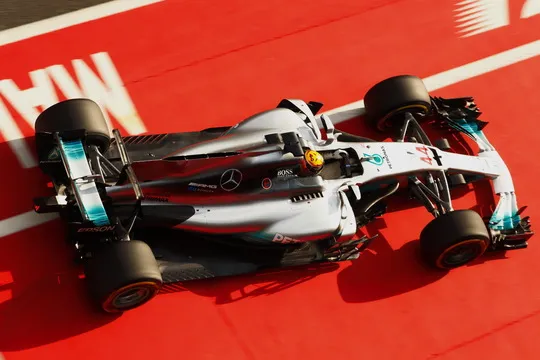Data is the New Frontier for Performance in Formula One
Blog: The Tibco Blog
It’s no secret that evolution drives Formula One™ racing. Each season, teams work to improve safety and energy consumption with the goal of giving fans a great, competitive show with a level playing field. The crux and excitement of F1 racing is for teams to expect the unexpected. Whether it’s weather conditions or a pitfall of an opponent, teams need to be prepared to adapt to changing conditions — even the most minor of changes can have the greatest impact. That’s why leading F1 teams have begun to leverage analytics, both on and off the track.
F1 is a sport that is exposed to many external elements, including temperature change, humidity, asphalt, and even change of time. These elements change the game, the field, and the rules. With over 200 sensors, engineers can monitor components such as tire pressure, wheel speeds, engine information, and aero loads. If a driver notices an issue with the car during a race, engineers can use the data collected from the car to pinpoint exactly why and where an issue happened. They can then make a decision as to how they should respond and how to improve the car’s performance going forward. The utilization of this data can be the difference between placing first or second on the podium.
Teams also use data to assess performance in light of new regulations. For the 2018 season, the FIA requires F1 teams to alter their car design to incorporate the halo, which is used to protect the drivers, in addition to changes in the aerodynamic specifications on the back of the car, and using three engines instead of one. These changes potentially alter the performance of the car, so it’s crucial for the team to take the data and use it to analyze the impact on the car’s performance to adjust accordingly throughout the season so the car can reach its maximum potential.
In the past, F1 teams were only data-driven at the track. Now, data is being carried out throughout the whole organization to drive efficiency. Teams are working to improve processes among all groups: drivers, engineers, team leads, and pit staff. All of these groups use data to enhance the performance of the whole team. Whether it’s the engineers who use the data to see what components of the car the drivers need to pay special attention to out on the track, or the team leads who use the data to determine a strategy to overtake the competition, data utilization goes beyond the IT department.
During the course of a race weekend, F1 cars emit 3.5 GB of data. It’s not only a matter of having this vast amount of data but also, making sense of the data. Understanding the data gives F1 teams a way to anticipate the unexpected before it happens, giving way to a new frontier for performance.
See how TIBCO helps Mercedes-AMG Petronas make sense of their data.
